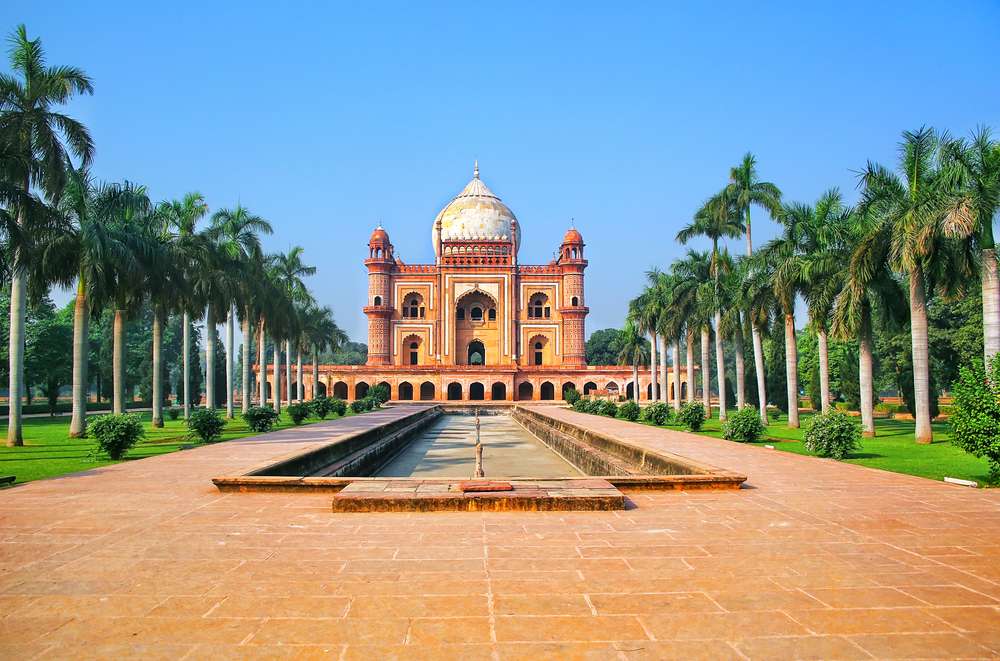India, a land of diverse cultures and traditions, boasts a mesmerizing tapestry of folk dances that have been passed down through generations. These captivating performances are a celebration of the country’s rich heritage, reflecting the unique customs and rituals of various regions. With each state showcasing its distinct dance forms, India’s folk dances offer a glimpse into the country’s vibrant cultural mosaic. In this article, we delve into some of India’s most fascinating folk dances, exploring their history, significance, and the joy they bring to communities across the nation.
INDIAN VISA FOR TIMORESE CITIZENS
Bhangra – Punjab’s Exuberant Harvest Dance
Originating in the fertile lands of Punjab, Bhangra is a lively folk dance that embodies the spirit of the state’s farming community. Rooted in the celebration of a bountiful harvest, Bhangra showcases the farmers’ enthusiasm and vitality through energetic movements and rhythmic clapping. Dancers, adorned in vibrant traditional attire, perform to the beat of the dhol, a traditional drum, and other folk instruments. Bhangra has transcended its regional boundaries to become a symbol of unity and joy, often performed during festivals and weddings across India.
Garba – Gujarat’s Graceful Circle of Life
In the western state of Gujarat, the Garba dance forms an integral part of Navratri celebrations, honoring the Hindu goddess Durga. This enchanting folk dance involves dancers forming a circular pattern around a lamp or an idol of the goddess, swaying gracefully to the melodious tunes of traditional folk songs. Adorned in colorful attire and embellished with intricate jewelry, the participants perform intricate footwork and hand gestures, creating a mesmerizing spectacle that captivates onlookers.
Kathakali – Kerala’s Ancient Dance-Drama
Traveling to the southern coastal state of Kerala, we encounter the visually striking and elaborate dance form known as Kathakali. A combination of dance, music, and drama, Kathakali has its roots in ancient Indian texts and mythology. With vibrant costumes, elaborate makeup, and dramatic facial expressions, Kathakali performers enact mythological stories and epics, transporting the audience to a world of divine beings and celestial battles. This ancient dance-drama showcases the seamless fusion of art, tradition, and spirituality, making it a remarkable symbol of Kerala’s cultural heritage.
Ghoomar – Rajasthan’s Graceful Elegance
In the royal land of Rajasthan, Ghoomar is a traditional folk dance performed by women during special occasions and festivals. This elegant dance involves circular movements, as women twirl gracefully in colorful lehengas, creating a mesmerizing sight with their flowing veils. Ghoomar is more than just a performance; it holds deep cultural significance, signifying women’s empowerment and their strong bond within the community. The dance is accompanied by traditional Rajasthani music and the resonating sound of mantras (metallic hand cymbals), adding to its allure.
INDIAN VISA FOR TONGAN CITIZENS
Sattriya – Assam’s Sacred Heritage
From the northeastern state of Assam, we uncover the sacred dance form of Sattriya. Originally developed as a religious expression within the monastic traditions of Assam, Sattriya was inspired by the Bhakti movement. With graceful movements and serene expressions, Sattriya dancers depict mythological stories, particularly those related to Lord Krishna and the Vaishnavite saints. The dance is characterized by its distinctive footwork and hand gestures, and performers often wear traditional Assamese costumes, adorned with exquisite jewelry.
Conclusion
India’s folk dances are a testament to the country’s rich cultural tapestry and the enduring spirit of its people. Each dance form weaves a beautiful story, reflecting the customs, beliefs, and history of the region it represents. From the exuberant harvest dance of Bhangra to the graceful elegance of Ghoomar, and the sacred heritage of Sattriya, these folk dances continue to enchant audiences and celebrate the beauty of tradition. As these dances persist through the ages, they serve as a reminder of the importance of preserving and cherishing cultural heritage. India’s folk dances not only showcase the diversity of the nation but also foster a sense of unity and pride among its people. As travelers and enthusiasts from around the world witness the joy and grace of these performances, they contribute to the enrichment of global cultural understanding, transcending borders and language barriers, and fostering appreciation for the beauty of India’s fascinating folk dances.
Read more: Discovering Culinary Delights in Canada’s Hidden Culinary Gems


